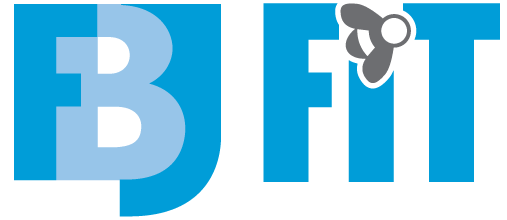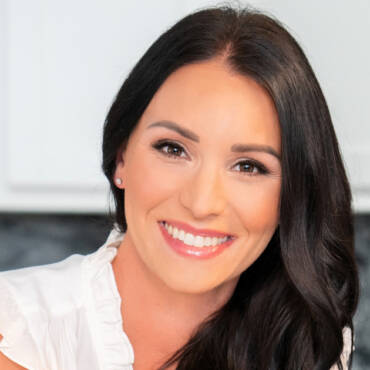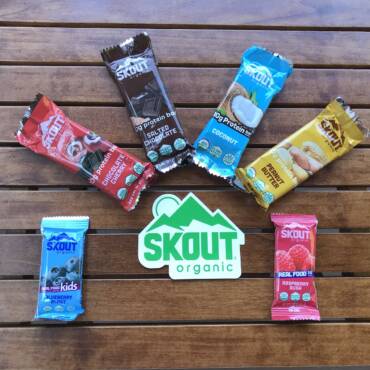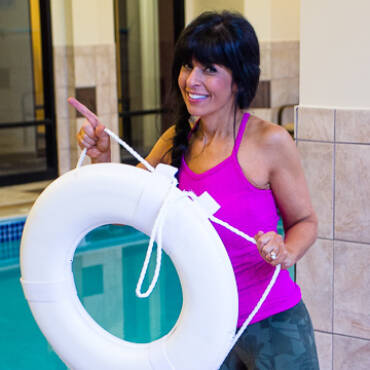If you feel emotionally and physically exhausted by everyday life, you’re not alone. In today’s hyper connected 24/7 world, most of us are always “on call” to people in both our personal and professional lives. But what we may not realize are the many, almost imperceptible, ways that our connections with other people, even those we care most about, trigger an avalanche of small stresses that snowball to the point where it affects our personal well-being. New research from Harvard Business Review Editor Karen Dillon and Babson College professor Rob Cross, co-authors of the new book, The Microstress Effect: How Little Things Pile Up and Create Big Problems—and What to Do About It, helps explain why small stresses can pack such a big punch. I recently sat down with Karen Dillon to discuss their research and to learn more.
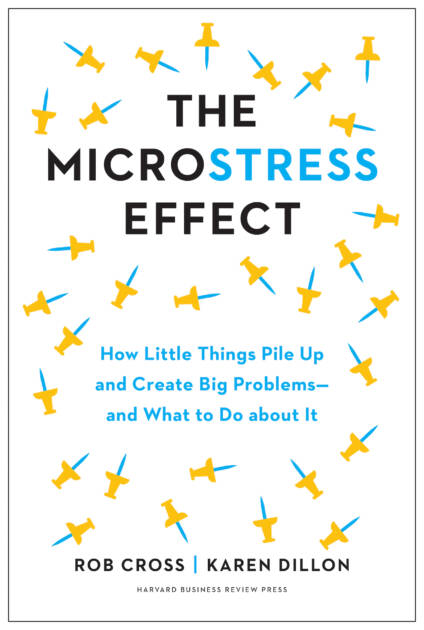
Charlene: Your research identifies a form of stress that many of us are simply unaware of – you call it “microstress.” What do you mean by that? And why is microstress significant?
Karen: Microstress is particularly insidious because it is so baked into our everyday lives that we just don’t notice it, but that doesn’t mean it’s not taking a toll on us. It happens so quickly that it flies under our normal “fight or flight” stress responses. But our body still feels its toll. That’s why so many of us tumble into bed exhausted at the end of the day, but we can’t quite pinpoint why.
Charlene: Your insights came from research with high performers who were not, as first appeared, doing better than the rest of us at holding it all together. They were in fact quite stressed by everyday life. What are some of the key findings from your research?
Karen: We identified a number of things about how microstress affects us. These stresses might seem small and forgettable, but they really pack a big punch. For example:
· One errant text/email, or other small disruption, can derail you from your task at hand for up to 20 minutes.
· If you’re exposed to social stress within two hours of a meal, your body metabolizes the food in a way that adds 104 calories to what you consumed. That adds up to 11 pounds a year!
Charlene: How is microstress different from regular forms of stress that many of us are so familiar with and recognize? Can you give us an example of microstress?
Karen: What I’ll call “macro” stresses, the kind you know how to recognize and talk about, are things like worrying about losing your job, a significant health issue, having a disruption in the childcare necessary for you to be able to be fully engaged at work. Microstresses are sneakier – they’re part of everyday interactions with people you are close to at work and at home and so brief you barely take notice of them. One example might be constantly worrying how the people who depend on you (at work or at home) are doing, having to cope with ever-shifting demands and priorities from your own manager and passing that on to your team, feeling caught between political maneuvering of two peers, or navigating a draining interaction with a family member or friend. None of them are intentionally difficult, but rather just a matter of life being busy and hectic for all of us. The key to understanding microstress isn’t that those people are toxic or impossible to deal with, it’s that the interactions we have with them are causing us stress. So we’re not suggesting you need to cut people out of your life, we’re suggesting you try to shift the interactions so you don’t have so many coming at you every day causing you microstress.
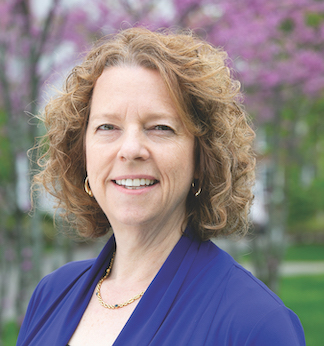
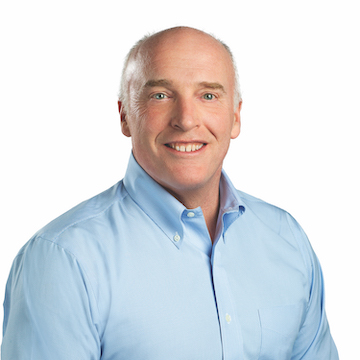
Charlene: This sounds like the job description of every working mother I know! I often say I feel that I’m juggling like a circus clown or how I feel like I am a mood ring to my surroundings, and it is hard to deflect those negative energies coming at you from all sides. Your description of microstress puts a name to an all too familiar feeling!
Karen: I completely agree! But the key here is understanding that all these seemingly insignificant, brief stresses are actually taking a real toll on you. It’s important to acknowledge that.
Charlene: I’m a huge advocate for various forms of self-care. Taking time for yoga or meditation or mindfulness, for example. But in your book, you suggest a different approach to mitigating the effects of microstress. Can you explain what strategies you recommend?
Karen: All those things are, of course, helpful and good for you. But they are all focused on helping steel you to be able to endure more stress. Our research suggests that you might see a faster change if you focus on trying to reduce even just a couple of microstresses in your life. Years of social science research suggests that negative interactions can have up to 5 times the impact of positive ones. So, if you remove one negative, that will have a faster impact than adding a positive.
Charlene: That’s incredibly impactful! Your book has many helpful suggestions for pushing back on microstresses and some surprising advice on helping mitigate its impact. Can you give us a few ideas on how to begin to tame the microstress in our lives?
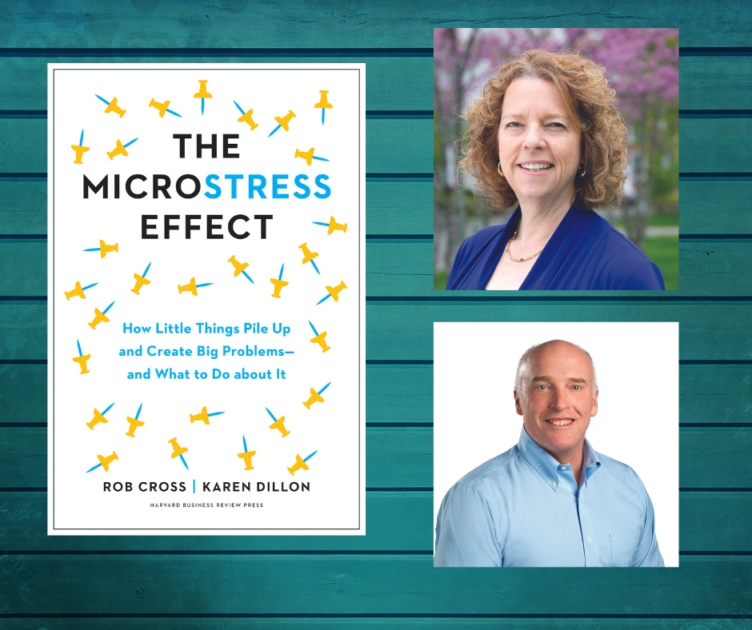
Karen: We learned a couple of incredibly valuable things from a subset of people in our research who handled microstress better than the rest of us. First, they weren’t afraid to push back on microstresses that were coming at them. It might be something as simple as never leaving a meeting without spending 5 minutes clarifying what you all agreed to, who is doing what and when. They didn’t leave ambiguity. They made clear it is ok to ask good questions. This is worth doing! Negative interactions have 3 to 5 times the impact of positive interactions. Therefore removing a negative interaction can have a huge upside on your well-being.
Charlene: What are some other insights you learned from your research about managing microstress?
Karen: Well, we learned that people are the cause of microstress. But they’re also part of the solution. The people who successfully manage microstress found ways, even just in small moments, to be connected with others around areas of mutual interest – such as fitness, social activities, religious and community involvement. We saw that having a more diverse, vibrant life helped them shake off the adverse effects of microstress. That may sound hard to fit into an already overloaded life, but the payoff is really significant. As we get busier in life, we tend to drop some of the people and activities that once meant something to us, but we will pay the price for that. We know that the percentage of people who say they don’t have a single close friend has quadrupled in the past 30 years, according to the Survey on American Life. Lack of these kinds of relationships has a mortality rate equivalent to smoking 15 cigarettes a day. By contrast, having friends reduces the likelihood of cardiovascular disease, stroke, and dementia. Happier people typically maintained authentic connections with at least two and usually three groups outside of their profession. Unfortunately for too many this has fallen off coming out of COVID.
Charlene: So you’re telling me it’s not selfish to spend time on activities with other people that aren’t based around your work and your family?
Karen: I’m telling you that it’s not only not selfish, but also actually important to your overall well-being!
Conventional wisdom for coping with stress has often focused on finding ways to “steel” yourself to endure or power through. Recent research has highlighted the importance of relationships to our physical and mental well-being. For example, loneliness has been linked to cardiovascular disease, depression, anxiety, and a host of other ailments. This is all important work to be sure. But focusing on finding ways to endure more and more stress – or needing to devote time to building deeper friendships – may be missing an important opportunity to make your life better now. In their book, Cross and Dillon point out that if you are not managing the small moments of stress in your daily life – triggered both by people you dislike and those you love – you are missing out on the highest leverage potential to improve your well-being. Decades of social science research consistently shows that a negative interaction has three to five times more impact than a positive one. So, finding ways to identify and remove negative interactions can make a significant difference in your life. To learn more about Karen Dillon, you can visit karendillon.net and follow her on Twitter @KarDillon. For more information or to purchase her book, The Microstress Effect: How Little Things Pile Up and Create Big Problems – and What to Do About It, visit Amazon.com. Karen is the former editor of Harvard Business Review and NYTimes best-selling author of How Will You Measure Your Life?
